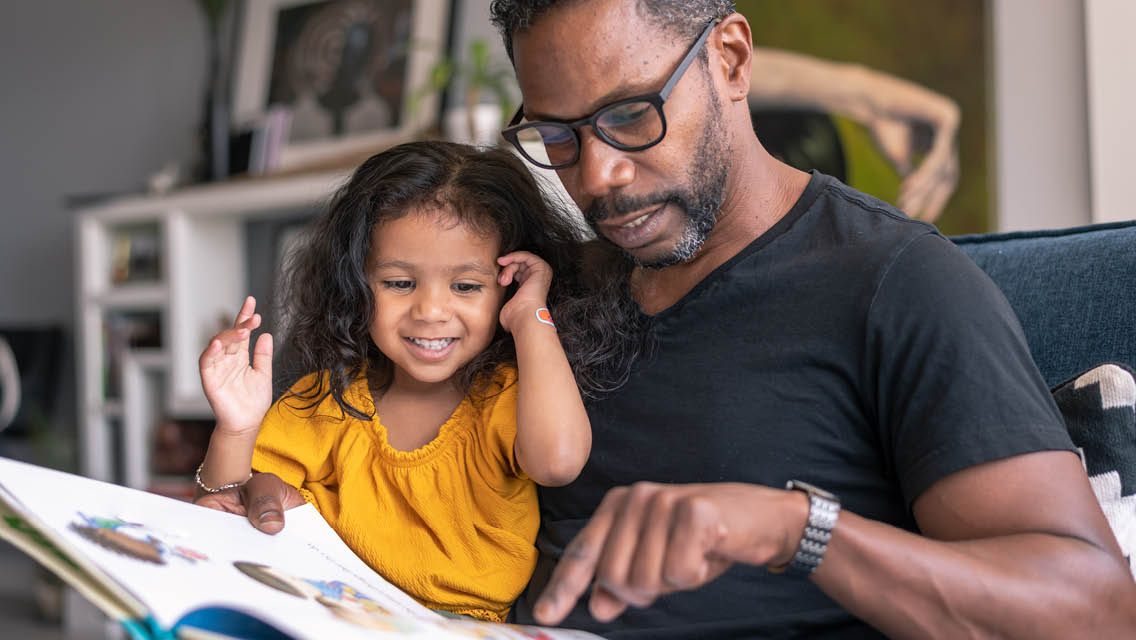From an adult’s perspective, childhood can seem like a carefree time with few responsibilities. But kids have stressors of their own — from school to social lives and beyond — and as a parent, you can help your child develop healthy coping strategies that support them as they grow.
“Kids deal with many of the same stressors as adults: too much on their plates, too little downtime, troubled relationships, or not enough sleep,” says integrative psychiatrist Henry Emmons, MD. “Possible stressors that are more unique to kids could involve comparing themselves to others, being bullied or teased at school, hearing about big world problems and not understanding, or being confused about their sense of self.”
“Each developmental stage brings varying stressors,” adds Brittany Clapshaw, LMFT, who works with kids in Minneapolis, Minn. “And one child’s stressor may not be a stressor to another child. In my clinic, we see kids who are dealing with stress from schoolwork, friendships, communication with their parents, the death of a family member, new experiences, the addition of a new baby, and competitive or performance-based activities.”
We spoke with Emmons and Clapshaw to learn more about noticing when kids are feeling extra stress — and when they are, the steps to take, as well as how to model healthy stress management as a parent.
Spotting Signs of Stress
Awareness is the first step when it comes to noticing how your kids are coping. “Sometimes we can be so busy as parents, it’s difficult to press the pause button on life and really observe and reflect on where our kids are at emotionally, physically, academically, and socially,” says Clapshaw.
She recommends checking in by observing your child and asking yourself:
- Has your child been getting adequate sleep? How is their mood when they wake up for the day?
- How are they doing at school? Have there been any changes in their behavior? (Teachers can be great resources for these questions.)
- How is your child connecting with others? How are their friendships?
- How is your child conversing with you? Are they shutting down or coming from a place of high reactivity?
Clapshaw notes that although signs of stress can look different for every child, these are some to watch out for:
- Sleep issues: waking later, trouble falling asleep, waking in the night, or nightmares
- Appetite changes
- Isolating or not wanting to see friends and family as often
- Chronic upset stomach or headaches
- Restlessness
- Loss of interest in activities they typically enjoy
- Mood changes: increased crying, anger, or outbursts
5 Ways to Help Kids Deal With Stress
1. Check in with your child.
If your child is struggling, both Clapshaw and Emmons recommend you start by connecting with them through a conversation. Find an appropriate time to talk with them about their recent thoughts and feelings.
“A great place to start a check-in conversation is in the car,” says Clapshaw. “Kids tend to feel less pressure and may be more open than if they were sitting face to face with you.”
2. Look into school resources.
Many schools have a counselor or social worker available on staff. They can help check in with your child while they’re at school, connect them with a helpful group, or aid your family with finding community resources.
3. Try therapy.
Therapy can provide great benefits for kids’ emotional development, especially when they feel like someone other than their parents is on their side. A therapist can also help your entire family learn new skills to manage the inevitable stressors that come up over the course of your lives.
“I know I’m biased because I am a therapist, but I truly can’t encourage therapy enough,” says Clapshaw. “Even just a once-per-month session can help.”
“It can be helpful to find someone your child feels comfortable talking with so that you can remain a parent and not have to take on the role of counselor as well,” Emmons adds.
4. Focus on a consistent sleep schedule.
Aim for the same bedtime every night and for getting the appropriate amount of sleep each night for their age. Ten to 13 hours is recommended kids between ages 3 and 5 and 9 to 11 hours for those between ages 6 and 13.
“Sleep is the glue that holds us together emotionally,” says Emmons. “It’s the single most important aspect of self-care and lifestyle medicine, in my view. You can work toward a consistent circadian rhythm by helping your child get up at roughly the same time each day. If they’re having trouble getting out of bed in the morning, one simple trick is to use a sunrise alarm clock that gradually brightens the room so it seems like the sun is rising even if it’s not. It takes no effort or time, which makes it ideal for kids and teens.”
5. Prioritize connection.
“As parents, the most important thing we can do when our child is stressed is make time for connection,” says Clapshaw. “Engage in something your child loves to do, put your phone away, and give them focused attention, even if it’s just for five minutes a few times per week. When we are in connection with someone, our whole nervous system takes a big breath and relaxes.”
Modeling Healthy Stress Management
As a parent, you are the main role model when it comes to healthy behaviors. “This is not to put more pressure on parents — there is enough of that,” says Clapshaw. “It’s a reminder to be more aware of your reactions and to look for areas where small, helpful changes can be made to manage your own stress. It’s also important to be honest with your child when you’re stressed and not coping well, and call that out. Parents are human after all!
“There are many ways to model healthy stress-coping strategies for your kids,” she adds. “The first step is to notice: What is happening in your body when you experience stress. Does your heart race? Do you get a stomachache? Next, observe what action you take when under stress. Do you shut down or jump into problem solving? Do you tend to drink more alcohol or eat more sugar? Do you reach out to a good friend? Do you exercise?”
She notes that these questions are intended to get you thinking about what you might already be doing or not doing. “Following that, think of one new strategy you want to try. Guided meditation, attending therapy, exercise, making time to see friends, and journaling are all good methods. Pick just one and I have no doubt your kids will notice a change.”
Learn more stress management tips:
3 Mindfulness Exercises for Kids
Brie Vortherms, LMFT, director of Life Time Mind, shares the following resources for exercises that kids — and the entire family — can use when stress levels creep up.
The Butterfly Hug is a grounding technique that involves tapping to help calm kids’ emotional state and bring them back to the present moment.
2. Five-Minute Morning Meditation
This morning meditation offers breathing techniques and positive affirmations to prepare kids for a great day.
This mindfulness exercise helps kids bring awareness to their thoughts and calm their busy minds.





